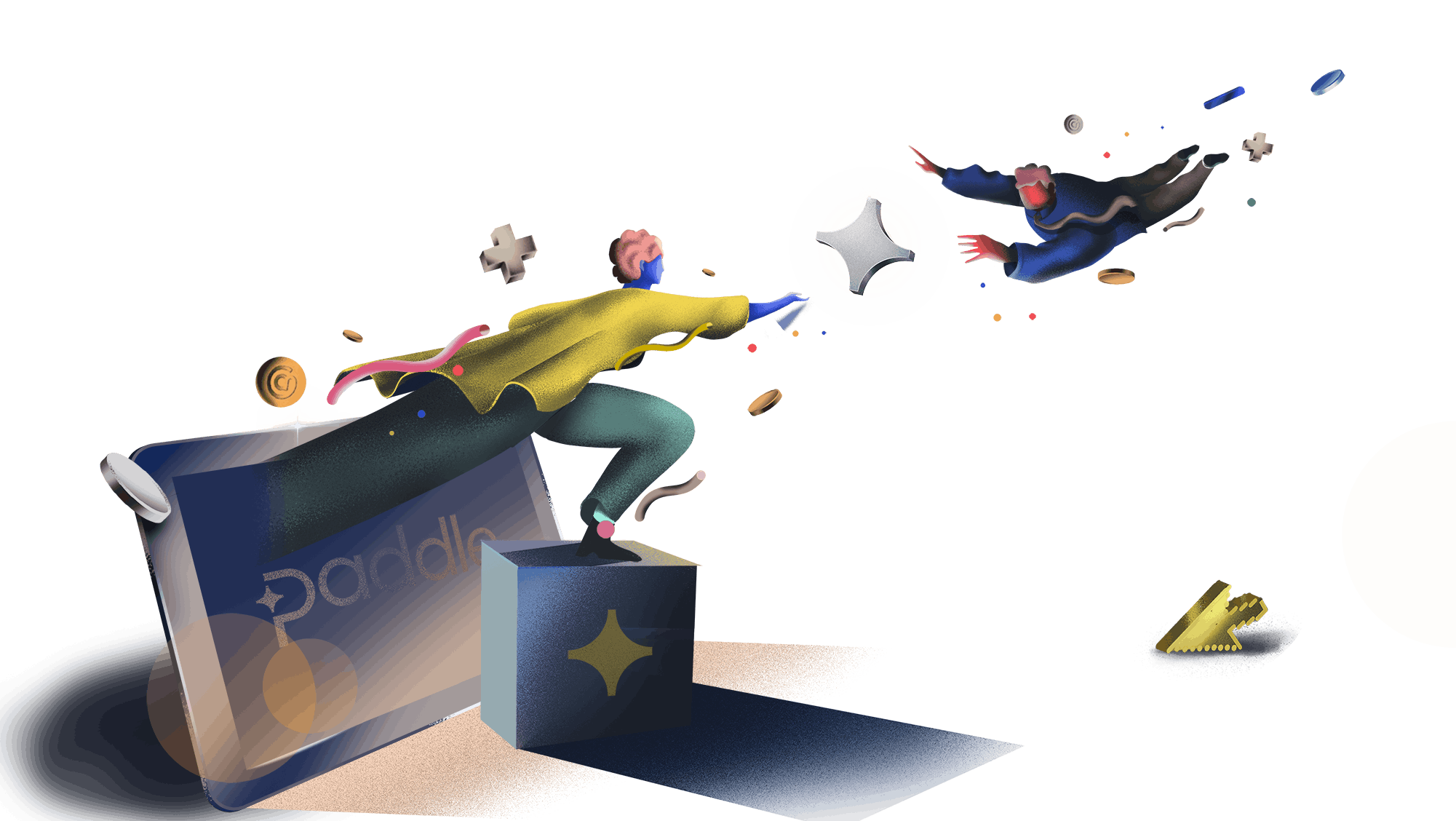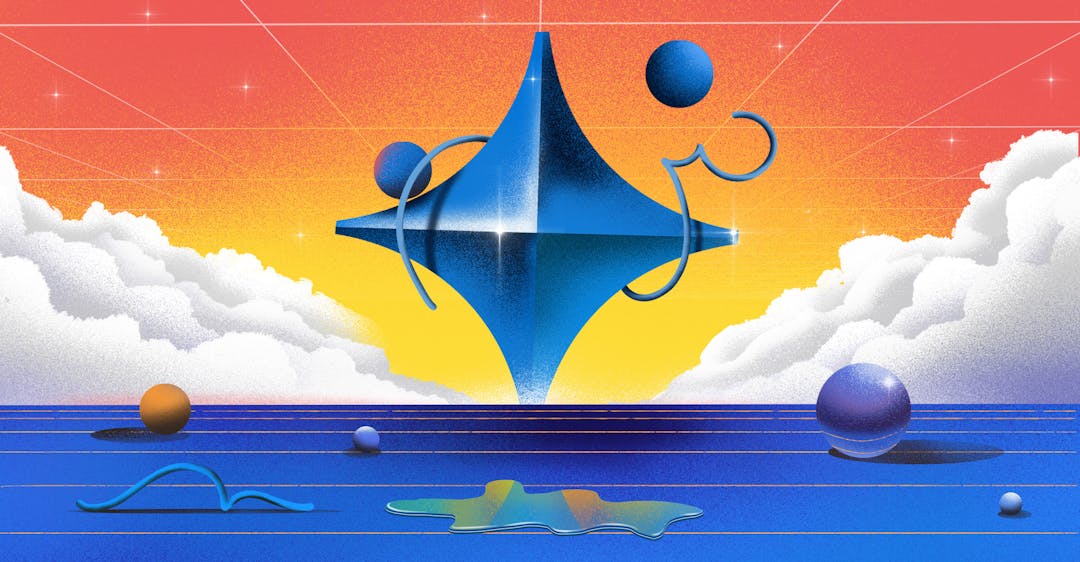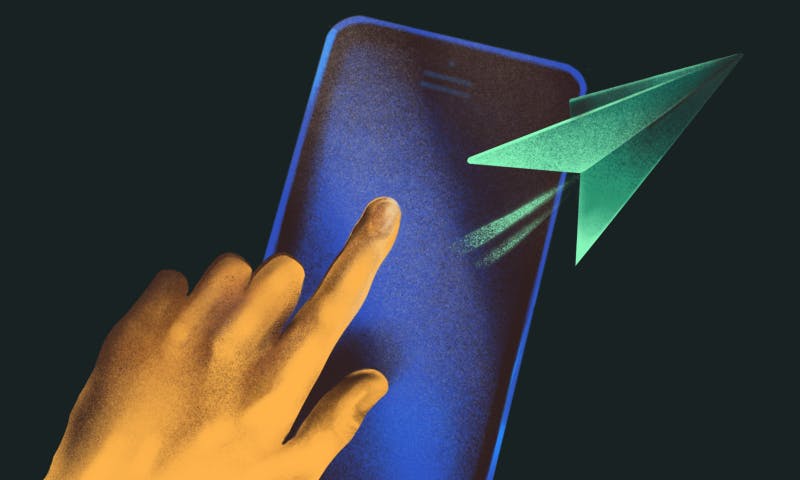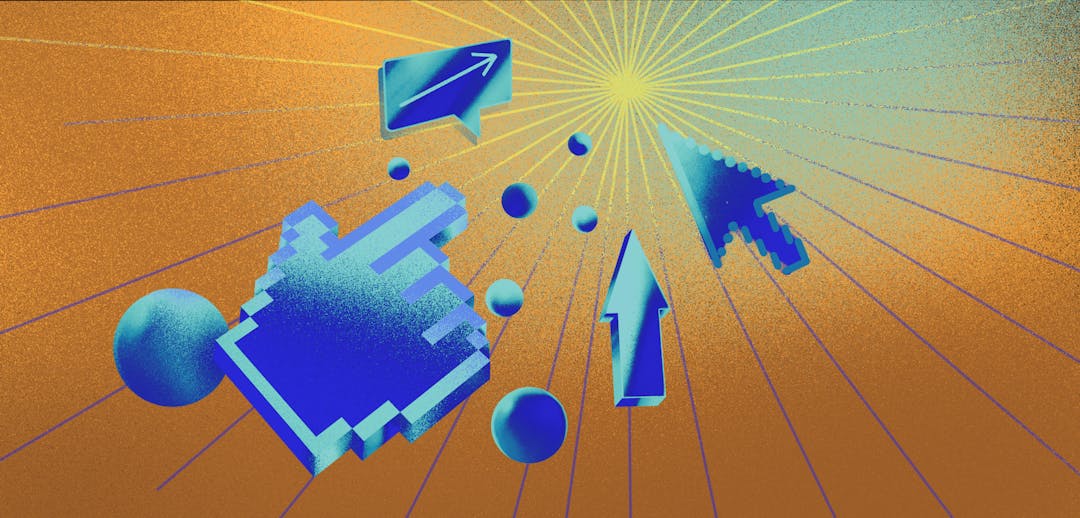Optimize user offboarding to find out why they decided to cancel your subscription. Learn what you can do to improve your product andbusiness performance.
Most SaaS companies understand the importance of onboarding. A proper onboarding experience ensures that your customers have the best possible chance at success with your product. But, sometimes customers leave. When that happens, they need proper offboarding. And though less importance is paid to this part of the process, offboarding is a very crucial part of it.
When a business relationship ends, you want to leave the door open for the customer to return. A positive offboarding experience will help keep that door open. It also helps to ensure that the customer has a positive experience with your company from start to finish—a crucial component of benefiting from word of mouth.

What is user offboarding?
Offboarding is the process of removing a customer from your system when they churn. As we'll see, there are several levels of offboarding. Some simply mean that they are no longer being billed, while others mean that all of their customer data is deleted. The actual offboarding process begins on your site, when the customer navigates to the cancellation page and requests that their service be terminated. It ends when they've succeeded in that goal. Making this process easy for the customer is an important part of ending the relationship under good terms.
Types of user offboarding
Before we can talk about the best way to handle offboarding, we need to take time to understand the different levels of offboarding. Each business is different, but ideally, you'll provide all of these options to your customers. The type of exit your customer wants to make will then determine how you proceed with the rest of the process.
Pausing subscription
Customers sometimes have temporary financial trouble. Other times, they simply know they will not be needing your service for a short period of time. In these cases, when they don't want to cancel outright, pausing the subscription is a good option. A paused subscription can no longer be accessed until payments are resumed, but all the customer data stays intact for when they return. A paused subscription is usually placed on hold for a certain amount of time and then automatically resumed.
Cancelling subscription
Though the details differ from business to business, cancelling an account often also allows customers to keep their data. In these cases, the payments are stopped permanently, but the data remains there for them should they choose to return. Sometimes, this means that the customer can continue to use the site on a free tier. When a customer chooses to cancel an account, it's important to explain to them what will happen to their data. Unlike a paused account, cancelled subscriptions do not continue again without explicit action from the departing customer.
Account deletion
Most users will appreciate knowing that their data remains on your servers should they ever decide they want to do business with you again. However, there may be instances where the customer decides they do not want their data on services they no longer use. This is often for security or privacy reasons. Giving those customers the option to have their data completely removed is important. Again, the cancellation process should make it clear whether this is done automatically or if an extra step is required.
5 most common reasons for cancellation
Churn is a horrible thing for SaaS businesses, and reducing it means understanding why customers cancel in the first place. Understanding why they cancel can also help guide you in your actions after the fact. Many customers cancel their subscription several weeks before it actually expires. This presents an ideal opportunity to convince them to stay. Whether you save that particular customer or not, addressing their reason for leaving may help prevent the next cancellation.
Bad UI and/or UX design
You can have the best product in the world, but if nobody can figure out how to use it, they aren't going to stay around for long. Onboarding has a role to play in educating your customers on how to get the most of your software, but poor UX design can't be masked by education alone. If customers are struggling to use your product effectively, it may be time to consider an overhaul of the interface.
Bad product fit
This situation is harder to fix. Sometimes, a bad product fit simply means that you're lacking a feature that the customer needs. If enough customers are complaining about the same missing feature, adding it to your product can reduce churn and, with it, the need for offboarding. Other times, the customer has signed up for your product and found that it fundamentally doesn't address the problems they have. If this happens frequently, a better description of what your product does and who it's targeted at may prevent these types of inevitably unhappy customers from signing up in the first place.
High pricing
This is a common problem, but one that's easily fixed with a little market research. When customers decide to spend money on a product, they are looking to get a return on their investment. If they don't feel the product is providing them with a value that's at least equivalent to what they're spending, they'll cancel. Getting your pricing dialed in correctly will prevent you from losing unhappy customers to prices that are too high, while also prevent you from leaving money on the table with prices that are too low.
Issues with customer support
Customers today expect quick resolutions of the problems they have. When they encounter a problem with your service, it could mean putting their productivity on hold until it's resolved. Customer support that's slow to respond, or worse, that doesn't respond at all, is a huge red flag to customers in these situations. Even if their current issue isn't pressing, they aren't going to want to wait around for the time when it is important, and you leave them hanging.
Accidental cancellation
Sometimes, the customer doesn't want to cancel at all. While it's unlikely they'll accidentally navigate to the cancellation page and end their contract with you, a failed payment can cause this to happen. How likely the customer is to return, or to be lost in the first place, depends on how gracefully your company handles failed payments. Steps should always be taken to bring such customers current again, with offboarding being a last resort.
Why you should optimize cancellation flows
Throughout the article so far, we've discussed generically how it's important to retain a good relationship with departing customers. So much so that offboarding is every bit as important as onboarding. Let's take a closer look at the reasons you want to make a great impression even as the relationship ends, and some benefits you'll get from doing so purposefully.
Prevent the cancellation from happening in the first place
As discussed earlier, customers often cancel with a few weeks left on their subscriptions. This is an ideal time to figure out why they are unhappy enough to end their relationship with you and take steps to change their mind. This doesn't mean that you should be pushy. Customers don't want to feel as though you aren't respecting their wishes. But they do want to feel heard. A sincere effort to address their concerns accomplishes that.
Get valuable feedback
The SaaS industry is constantly evolving. What was a cutting edge product years ago is now overshadowed by the latest and greatest products and services. Keeping your product as competitive as possible means evolving along with the times. For new SaaS companies, there may be UI/UX problems, or lacking features right from the start. Either way, getting feedback about why customers leave helps you to maintain that constant evolution of your product and stay competitive.
Reduce churn rate
Having a solid cancellation process can actually save customers. Our data shows that having a a clear and positive offboarding experience can save 15%-30% more customers. A well-designed cancellation experience is an opportunity for you to re-engage the customer, discover the issue with your product or service, and then find a solution.
Leave a good last impression
Customers who are thrilled with a product are likely to tell their friends about it, but so are customers who are angry with a product. When customers are leaving, they aren't usually happy. But how you handle their offboarding can determine whether they are 'let's just move on' unhappy or 'I'm going to tell all my acquaintances how horrible this company is' unhappy. Just because a customer is leaving, doesn't mean they can't do additional damage to your brand.
Erase negative feelings about your product
Leaving a good last impression is an important part of not making the problem worse. But it doesn't need to stop there. A customer that's treated well during the offboarding process can be brought around to having a positive opinion of your company if their cancellation is handled well enough. Even if they don't ultimately stay, having customers that appreciate the effort you take to understand their concerns goes a long way.
Increase the chances of referral
If you've played your cards right on the last two benefits, you'll receive an even greater one. Customers who are leaving on amicable grounds may have acquaintances that your product is a better fit for. When the customer feels well treated by your company, they're more likely to recommend your product to those acquaintances.
How to create a better user offboarding experience
Armed with the knowledge of why a good offboarding experience is important, let's move on to how to create such an experience. Throughout the process, you should focus on making an amicable split with any customer that can't be retained, and on learning something about their reason for departure that can help prevent the next one.
Make the cancellation process simple and transparent
Customers don't want to struggle to find out how to cancel your service. They don't want to hunt down phone numbers and wait on hold. The process should always be simple and clear.
Reinstate the product value
From the onboarding process, to the customers daily use of the software, and through to the offboarding process, you should be reminding them of the value your product offers. Doing so every step of the way can help prevent churn.
Suggest alternatives to upgrade/downgrade subscription
While you don't want to add unnecessary friction, offering the customer the option to switch to a new plan that suits their needs better might be all it takes to get them to stay.
Ask for feedback
Always take the time to understand why a customer has decided to leave. Ideally, provide them with a text box so they can explain their reasoning in their own words.
Prevent unplanned cancellations
Not all cancellations are intentional. Involuntary churn happens when a subscription customer's payment fails because of friction in the payment system or due to problems with the credit card on file. Perhaps it's expired or has reached its cap. ProfitWell Retain is a powerful, AI-powered tool for dealing with customers lost due to failed payments. It uses intelligent algorithms and our years of experience to maximize your chances of getting payments resumed and winning the customer back.
User offboarding FAQs
What are the benefits of offboarding?
A good offboarding strategy can help you retain customers, improve your product through feedback, and get more referrals from both the customers who have stayed on those who have left.
How do you make a user offboarding plan?
When a customer wants to cancel, the process should be easy for them. Rather than trying to retain them by making cancellation difficult, you should help them decide whether a different plan may be a better fit, reiterate the value of your product, and gather feedback about why the customer is departing.
How to respond to a customer who wants to cancel?
When a customer wants to cancel, you should always treat them with the highest level of respect. Take time to understand the issues they have with your product, and if you can, offer a resolution.




